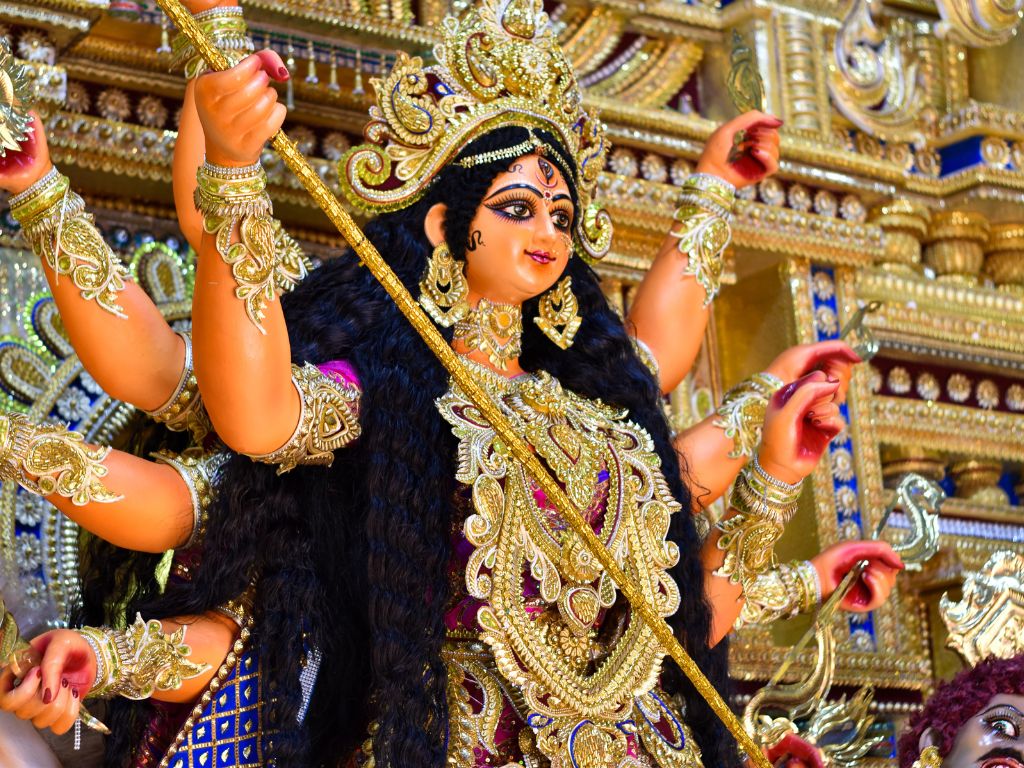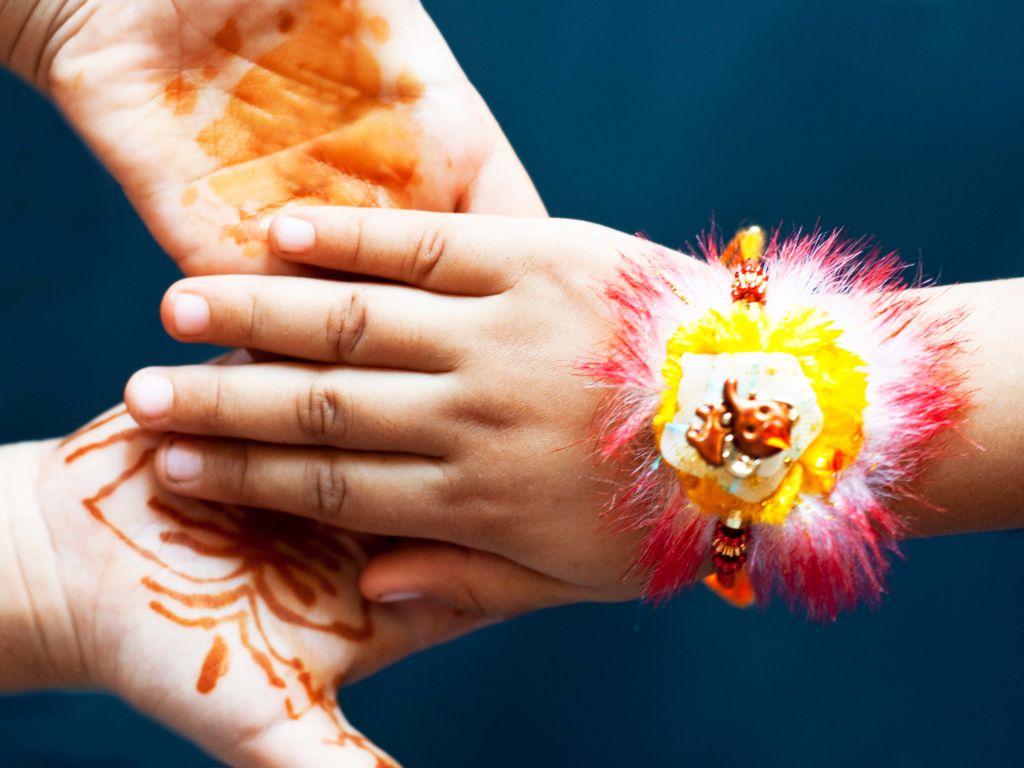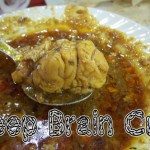A Food Fun Travel Guest Post
India, a land of myriad hues, resonates with vibrant celebrations that are deeply rooted in its rich cultural tapestry. The country’s festivals are a dazzling display of colors, traditions, and the indomitable spirit of its people.
From Holi’s riotous splashes of color to Diwali’s radiant illuminations, each festival in India tells a unique story and offers a glimpse into the country’s diverse and multifaceted culture. And thanks to the simple Indian e-Visa requirements, you can now also start planning a visit to one of these colorful affairs.

Holi: The Festival of Colors
Holi, often referred to as the “Festival of Colors,” is one of India’s most exuberant and widely celebrated festivals. It typically falls in March and heralds the arrival of spring and is one of the top reasons people want to visit India. The festival is characterized by people drenching each other with colored powders and water, making it a joyful and riotous celebration of life.
In different regions of India, Holi is celebrated with unique customs and traditions. In the state of Uttar Pradesh, Mathura and Vrindavan are famous for their week-long Holi celebrations, where the revelry is at its peak. In the western state of Gujarat, people gather in large numbers to perform the traditional Garba dance and play with colors.
Holi transcends religious boundaries and is embraced by people of various faiths and backgrounds. It has also gained popularity outside India, with Holi festivals and color runs being organized in many countries as a symbol of unity and joy.
Diwali: The Festival of Lights
Diwali, also known as Deepavali, is perhaps the most widely recognized and celebrated festival in India. It usually occurs in October or November and marks the victory of light over darkness and good over evil. Diwali is a grand spectacle of lights, decorations, sweets, and prayers.
Diwali celebrations vary across India’s diverse regions, but common elements include the lighting of oil lamps, bursting of fireworks, exchange of gifts, and the preparation of delicious sweets and snacks. Houses are adorned with colorful rangoli designs made from colored powders or flower petals, and families gather to perform prayers and seek blessings from deities.
In addition to its religious significance, Diwali has a unifying effect as it is celebrated by people of different faiths, including Hindus, Jains, Sikhs, and Buddhists. Each community adds its unique customs and rituals to the festival, making it a truly inclusive celebration of light and goodness.
Eid: The Festival of Feasts
Eid, one of the most important festivals in Islam, is celebrated with great fervor and enthusiasm in India. It marks the end of Ramadan, the holy month of fasting, and is a time for Muslims to come together with family and friends to celebrate their faith and community.
Eid in India is a grand affair, with preparations beginning weeks in advance. Homes are cleaned and adorned, and new clothes are purchased for the occasion. One of the defining features of Eid celebrations is the communal prayer, which takes place at mosques and prayer grounds, where thousands gather to offer their prayers and seek blessings.
The feasting aspect of Eid is equally significant. Traditional dishes like biryani, kebabs, and a variety of sweets are prepared in abundance. Families visit each other, exchange gifts, and partake in elaborate meals. The act of giving to those in need, known as Zakat al-Fitr, is an essential part of Eid, emphasizing the importance of charity and compassion.

Navaratri: The Festival of Dance
Navaratri, meaning “nine nights,” is a Hindu festival dedicated to the worship of the goddess Durga. It is celebrated with great zeal and devotion in different parts of India, especially in the state of Gujarat. Navaratri spans nine nights and ten days, during which various forms of dance, music, and religious ceremonies take place.
In Gujarat, Navaratri is synonymous with Garba and Dandiya Raas, two energetic and rhythmic dance forms. People dress in traditional attire and gather in large open spaces or community halls to dance to the beats of traditional music. The dance is characterized by intricate footwork and colorful costumes, creating a mesmerizing spectacle of motion and color.
Navaratri showcases India’s rich cultural diversity, with each region adding its own unique twist to the celebrations. In West Bengal, it is known as Durga Puja and is marked by grand processions and artistic displays of idols. In South India, Navaratri is celebrated with traditional music and dance forms like Bharatanatyam and Kuchipudi.

Raksha Bandhan: The Bond of Sibling Love
Raksha Bandhan, a Hindu festival, celebrates the unique bond between brothers and sisters. It is a day when sisters tie rakhi (decorative threads) on their brothers’ wrists as a symbol of their love and protection. In return, brothers offer gifts and promise to protect and support their sisters.
The festival is a heartwarming celebration of the sibling relationship and is marked by rituals, prayers, and feasting. Sisters often prepare special sweets for their brothers and perform aarti before tying the rakhi. Brothers, in turn, give thoughtful gifts to express their affection and commitment to their sisters.
Raksha Bandhan transcends religious boundaries and is celebrated by people of different faiths. It is a day that highlights the importance of family bonds and reinforces the idea of mutual love and protection.
In a world that often focuses on differences, India’s festivals serve as a reminder of the beauty of diversity and the power of celebration to unite people. They are a testament to the enduring spirit of India, where people of different faiths, languages, and traditions come together to celebrate life in all its colorful glory.



